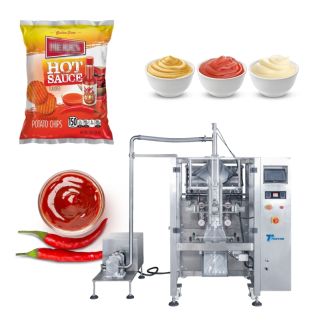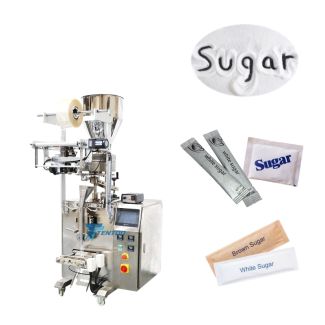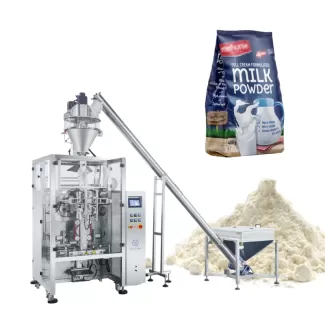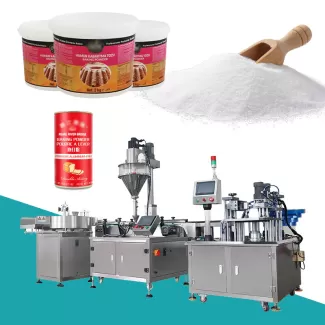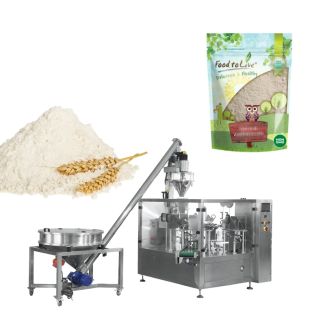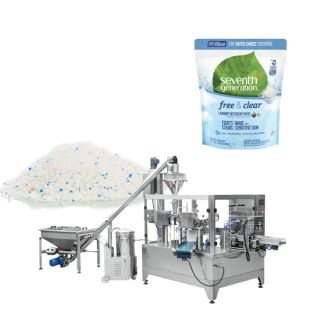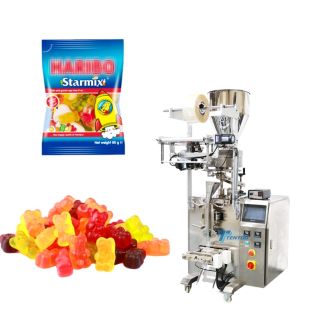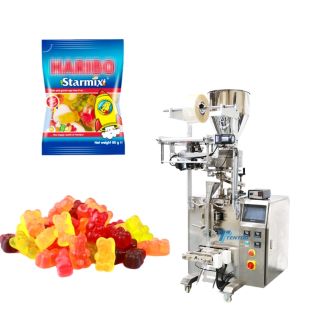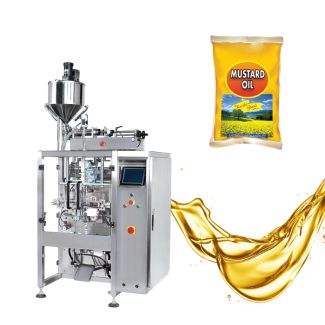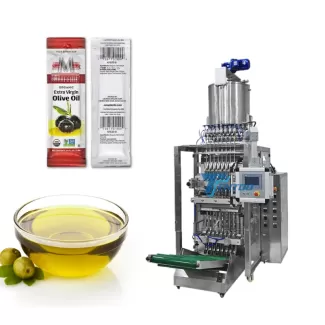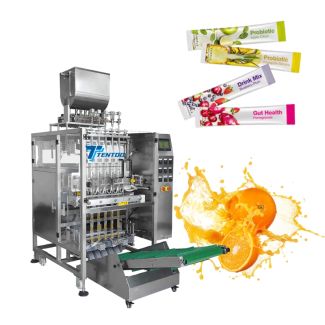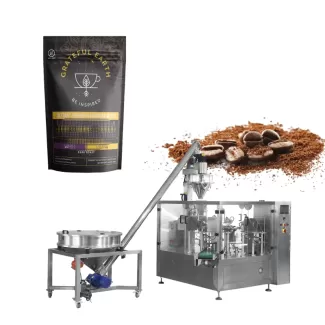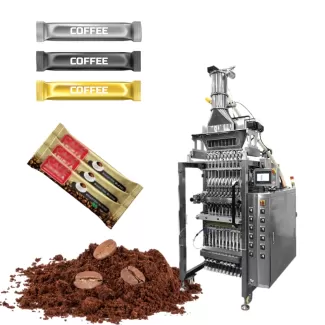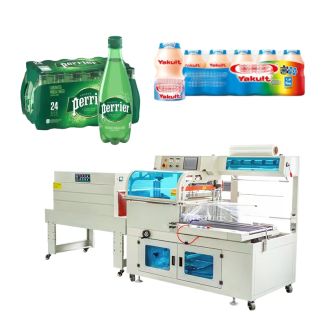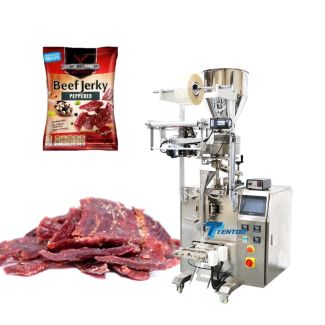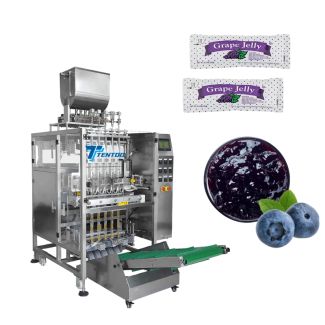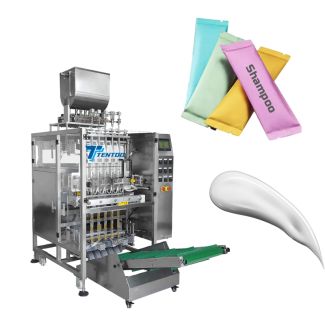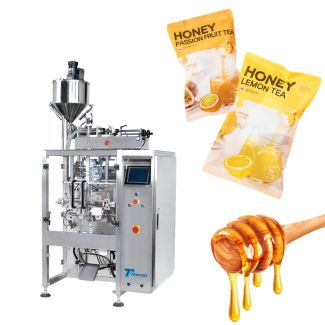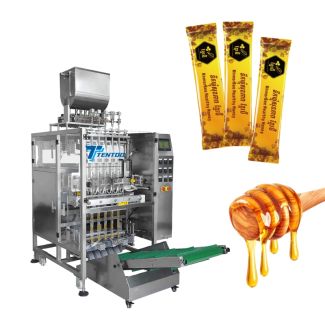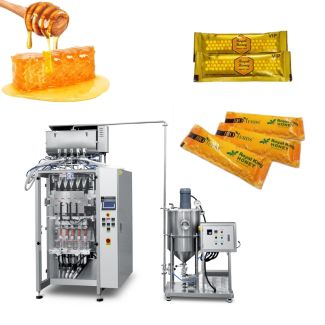What is the difference between a stick pack and a sachet
What is the difference between a stick pack and a sachet?
When it comes to packaging, there are a variety of options available to manufacturers. Two popular options are stick packs and sachets. While both are used for packaging food, pharmaceuticals, and other products, there are some key differences between the two. Though seemingly similar, they possess unique attributes that make each suitable for specific applications. This paper aims to dissect the key differences and uses of stick packs and sachets.
The Distinct Characteristics and Uses of Stick Packs and Sachets
Stick packs, also known as stick pouches, are long, narrow packets that are typically used for single servings of powders, liquids, or granules. They are made from flexible materials such as plastic or aluminum foil, which allows them to be easily torn open. Stick packs are often used for packaging products like sugar, coffee, tea, and energy drinks.,
Sachets, on the other hand, are small packets that are typically used for packaging dry or powdered products. They are made from paper or plastic and are sealed on all sides. Sachets are often used for packaging products like spices, instant coffee, and pharmaceuticals.
One of the key differences between stick packs and sachets is their shape. Stick packs are long and narrow, while sachets are typically square or rectangular. This difference in shape can impact how the products are stored and displayed on store shelves.
Another difference between the two is their capacity. Stick packs are typically used for single servings, while sachets can hold larger quantities of product. This makes sachets a better option for products that are used over a longer period of time.
In terms of production, stick packs are often produced using a form-fill-seal process, where the packaging material is formed into a tube, filled with product, and then sealed at both ends. Sachets, on the other hand, can be produced using a variety of methods, including form-fill-seal, vertical form-fill-seal, and horizontal form-fill-seal.
When it comes to cost, stick packs are often more expensive than sachets due to their unique shape and the equipment required to produce them. However, stick packs can offer several advantages over sachets, such as improved product dispensing and reduced waste.
In terms of sustainability, both stick packs and sachets can be made from recyclable materials, such as paper and plastic. However, stick packs are often seen as less sustainable due to their unique shape, which can make them more difficult to recycle.
In conclusion, while stick packs and sachets are both used for packaging food, pharmaceuticals, and other products, there are some key differences between the two. Stick packs are long and narrow, typically used for single servings, and can be more expensive to produce. Sachets are square or rectangular, can hold larger quantities of product, and are often seen as more sustainable. Ultimately, the choice between stick packs and sachets will depend on the specific needs of the product and the manufacturer.
stick pack display
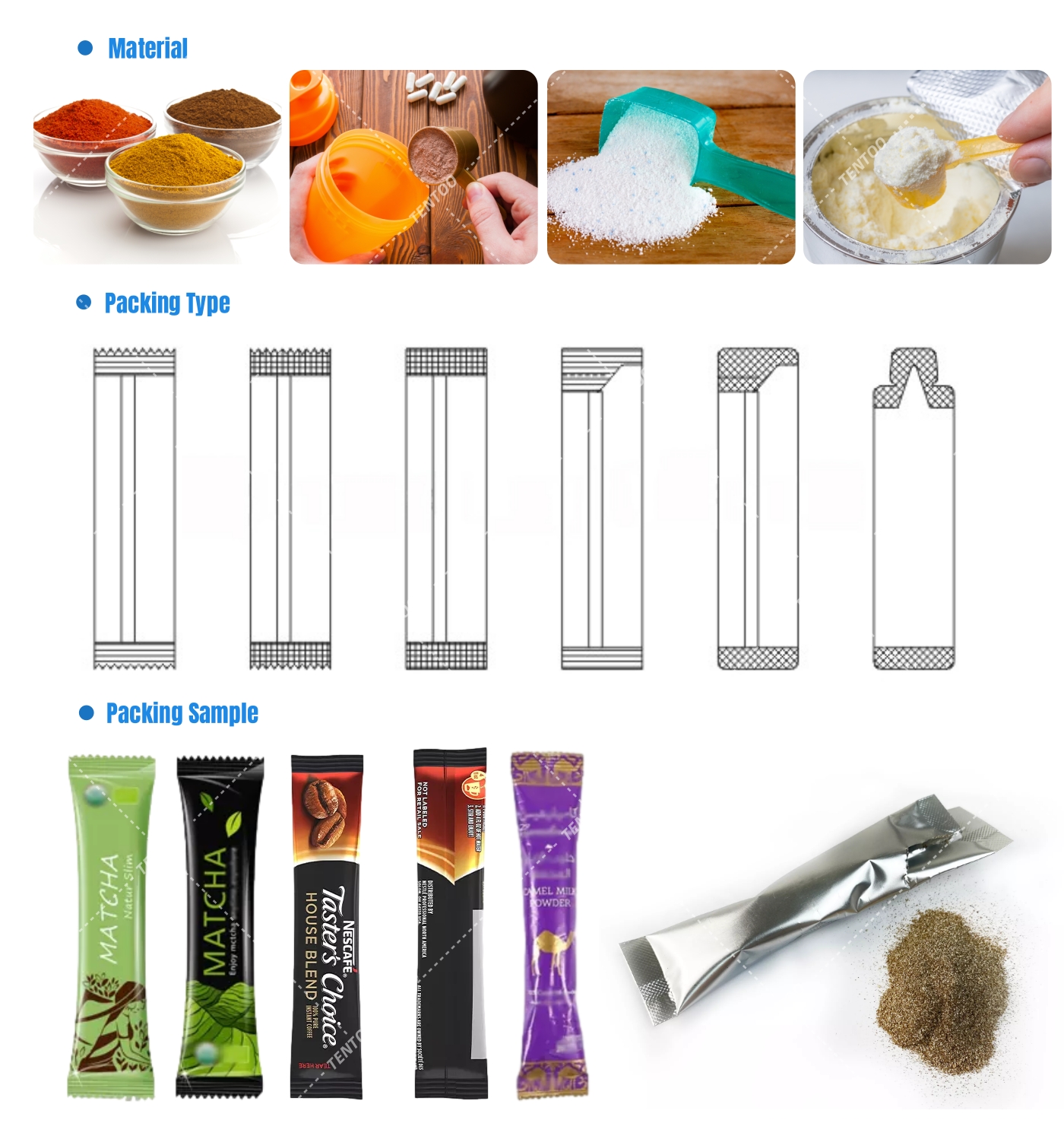
sachet pack display
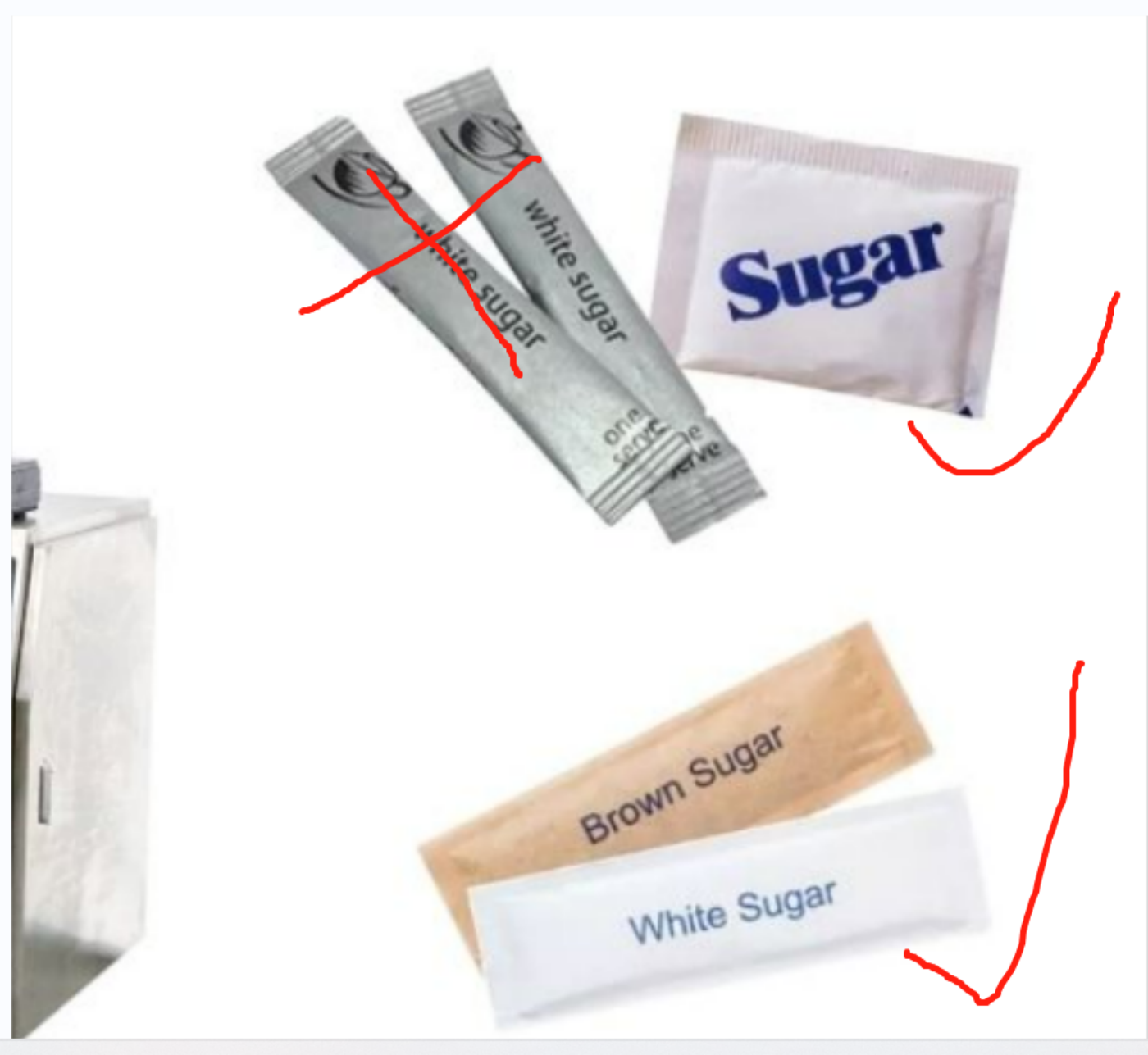
Common machine stick and sachet packaging machines on the market
TT380-sugar sachet packaging machines
TT720- sugar stick packing machine
TENTOO is the top Manufacturer of Packing Machines in China Export More Than 80 Countries, Experienced Packing Machine Expert Offer You Optimum solutions, Price Advantages, Fast and Timely Delivery, 2 Years Warranty, and a Free Quote Now! Free Video.

